Across the globe, motor racing is still an interesting and popular sport that draws huge masses and assists add to untold riches in car sales. However, once upon a time, car companies in the US avoided racing completely, as a result of its reputation as a lethal contest that caused the death of several lives.
Although deaths at professional car races are really scarce nowadays, during the early and mid-twentieth century, the chances of a driver dying on the racetrack were about one in four! It was in this time of death-challenging racing that competition occurred between Ford and Ferrari. Its crucial stage was the 24 Hours of Le Mans endurance test, which happened whether in rain or shine, with the award going to any car that succeeded to finish the highest distance in a 24-hour period.
As participants would mention, Le Mans included a four-hour sprint, accompanied by a twenty-hour death watch. In 1955, after a crash that reached into the viewers, about 77 to 96 people died. However, that didn’t stop the race. Though it was an extremely dangerous sporting occasion; also, it was one of the most esteemed.
The event had to proceed. And, during the mid-60s, it was the battlefield between two automotive legends.
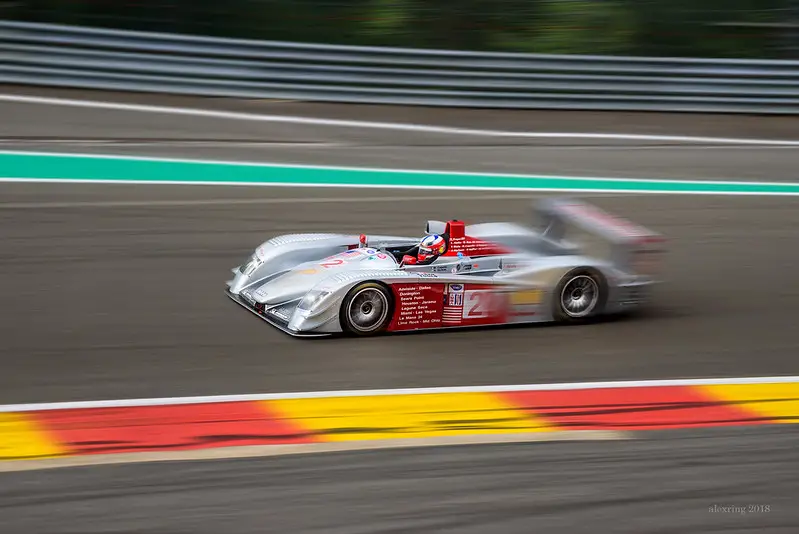
Chapter 1 – Henry Ford II directed the Ford Motor Company from a financial crash during a nationwide car trend.
When Henry Ford II became the president of the Ford Motor Company in 1945, he had pretty a work ahead of him. Years before that, Edsel Ford his father, had been restricted by his grandfather, the original Henry Ford. In spite of Edsel’s appeals to modernize the brand, Henry obstinately declined to let his son do any amendments, whereas the Chevrolet car company gradually turned into the American brand of choice.
Simultaneously, Henry Ford, who didn’t have any skill in accounting, put Harry Bennett an ex-convict as an executive manager. The company was losing money. And the run of awful fortune kept going as, at the age of 49, Edsel Ford died as a result of stomach cancer, although a lot of people believed his death was caused by a broken heart since he had never succeeded to get the trust of his father.
Henry Ford II assumed that his father was a saint who’d been destroyed by his work, and he wasn’t going to allow that occur to him. Therefore, when he got the role of company president, it was on the term that he be permitted to do whatsoever amendments he wished. The first thing on his agenda was to modernize the company – as his father had wished for one time– and by doing that, reclaim power over Chevrolet.
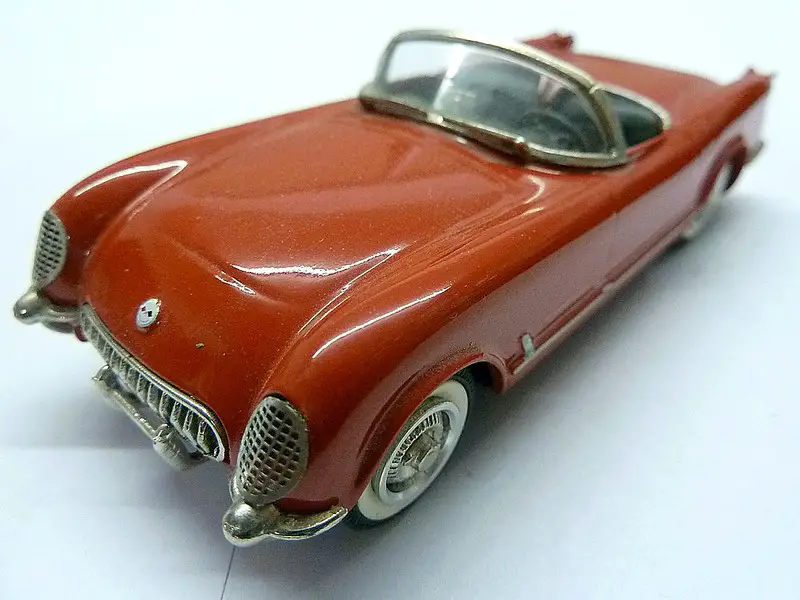
It was an important person to be in Ford’s shoes, as, after WWII America, there was an ongoing car trend.
Key to the escalating captivation with huge and fast cars were the new interstate highways that were constructed during the 1950s. They entwined all over the US and permitted people to drive from coast to coast. Meanwhile, WWII veterans who’d been taught how to be mechanics or gotten used to the fast speeds as fighter pilots were directing their focus to cars and their progressively huge and powerful engines.
There was also a new generation of teenagers, who consisted of the huge masses around the automobile races happening on local drag-strips and the large, sponsored occasions in cities like Indianapolis. Throughout America, people were becoming most enthusiastic about cars with lots of horsepowers, such as Chevrolet’s Corvette, which was gaining a lot of checkered flags.
In comeback, Henry Ford basically had to devise a Corvette killer.
Chapter 2 – Enzo Ferrari loved racing from an early age and came to rule the field, while the sport of racing attested lethal.
During the end of the 1950s, though the Corvette was the leading American racing car; in Europe, across the pond, there was another name leading the field: Ferrari.
From the onset, Ferrari was essentially about racing. Enzo Ferrari, its creator had been obsessed with fast cars since, as a tender 11-year-old, he’d saw his first race in 1909. While World War I would destroy huge areas of Europe, it also incited huge mechanical inventions which Ferrari would use to begin making his own brand of cutting edge race cars.
At first, Ferrari worked as a mechanic and a driver for Alfa Romeo and in 1923, he won his first race in 1923. However, he ultimately left to begin his own small automotive factory in his hometown of Modena, Italy, where he together with his team would make unbeatable racing machines with their hands
During the late 1940s and the early 50s, Ferrari got a lot of wins and several Grand Prix titles; however, the sport was also accruing a long list of mortalities.
This was partly due to the fact that a lot of European cars raced on the same small and twisty roads that the public made use of as well, and not the type of flat, oval-shaped racecourses that portrayed the majority American races. Furthermore, a lot of these races, such as France’s 24 Hours of Le Mans and Italy’s Mille Miglia, tried the boundaries of endurance for both car and driver.
Therefore, European race cars required to be strong and agile, which is precisely the type that Ferrari produced. And still, the actual essence of these races could not help but put the lives of drivers and viewers at risk.
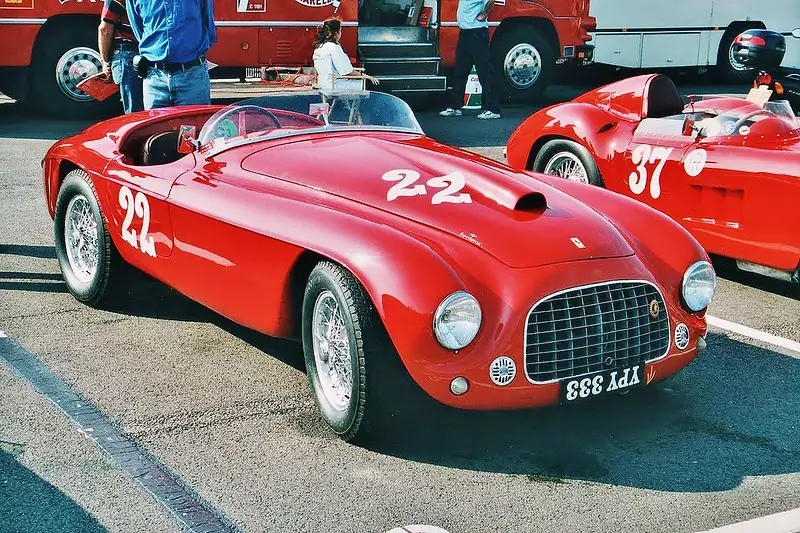
On the 12th of May 1957, at the Mille Miglia race, a Ferrari 335 busted a tire and the vehicle crashed into the multitude, causing the death of 12 and injuring a lot more. Also, during the summer of 1958, two drivers driving the new Ferrari Dino car died, one at the French Grand Prix and the other at the German Grand Prix.
An investigation was filed after the Mille Miglia disaster; however, Enzo Ferrari was cleared of any offense. As a matter of fact, Ferrari’s cars were perfectly built machines. However, drivers understood that racing was a very dangerous business. There was a clear chance of a person dying in a race; however, the probabilities of that occurring only helped to make the sport all the more interesting– and controversial.
Chapter 3 – After withdrawing from a safety resolution, in 1962, Ford got into a profitable racing market.
For a moment, the American government attempted to keep the huge business of car production away from the life-threatening business of racing. The federal government enacted what was called the Safety Resolution in 1957, which entailed that every main car companies, as well as Ford and Chevrolet, approving that they wouldn’t take part in racing competitions.
However, as a result of the increasing fame of racing, and the fact that twice as many Americans were going for car races than baseball games, the chance of using these races to sell more cars was a lot to resist. In the car business, there was also a saying that went thus, “Wins on Sunday equal sales on Monday.”
Years after the resolution, it was a famous secret that the car companies, particularly Chevrolet with their winning Corvette, were looking for creative back-channel methods to sponsor and supply racing teams. However, things changed on the 11th of June 1962, when Ford declared that they were officially retreating from the resolution.
It was a permission to the fact that purchasers were enticed to fast and sleek sports cars, and Ford was prepared to begin appealing one on one to this buyer with a powerful 1963 ad campaign that showed off Ford’s “Total Performance.” During that year’s Daytona 500 race, 14 Ford cars were racing, as well as the Galaxie 500, including the company’s strongest engine yet: a 427 cubic inch V8, which drove the car to more than 160 mph. The race was won by the car, and the following morning there were newspaper ads flaunting the remarkable results as evidence of their product’s superiority.
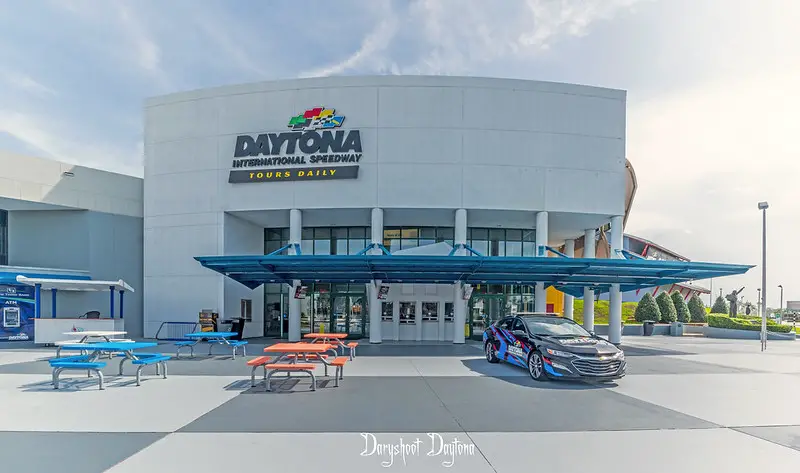
However, the Cobra was one of Ford’s best “Corvette killers”, a car that wasn’t made by Ford but made by an ex-Air Force pilot and race car driver from East Texas know as Carroll Shelby. In 1957, he’d was on the headlines by being Sports Illustrated’s Race Car Driver of the Year; however, a heart illness made the fascinating Shelby to a career behind the scenes making winning machines.
After landing a $2500 deal with Ford in 1962, Shelby made the “powered by Ford” Cobra race car. Within no time whatsoever, it was defeating the leading Corvette Stingray on the racetracks and winning praises in the pages of automotive magazines.
The Ford executives were astonished by this unexpected growth. Shortly, Ford’s VP Lee Iacocca went down to Shelby’s Southern California garage to find out more about what Shelby might offer to Ford’s future successes.
Chapter 4 – After a deal was unsuccessful, Ford became dedicated to defeating Ferrari at the 24 Hours of Le Mans.
In Europe, Ferrari kept leading the racing game, while accidents continued causing deaths.
Ferrari had won three out of the last four Le Mans races by 1961. However, on the 10th of September 1961, at the Italian Grand Prix, renowned driver Count Wolfgang Von Trips was racing a Ferrari Dino when his car brushed against another on its way to the finish line and spun out, overturning into the multitude of audiences, killing Von Trip’s together with 14 other people
Maybe it was as a result of the increasing bad publicity occurring from the deaths or the tense internal politics within the Ferrari headquarters, 1961 also witnessed the incidence of a huge demonstration. Eight out of the company’s “generals” chose to part ways with Enzo, also called Il Commendatore, in what the press named “the palace revolt.”
Shortly after this time of turmoil at Ferrari, word started to spread that Enzo was searching for a likely buyer, which got Henry Ford II, also called The Deuce, really interested. During the Spring of 1963, Il Commendatore and The Deuce were apparently prepared to shake hands and sign a deal that would’ve offered Ford most charge over Ferrari’s commercial sales while Enzo would’ve stayed in charge of the racing department.
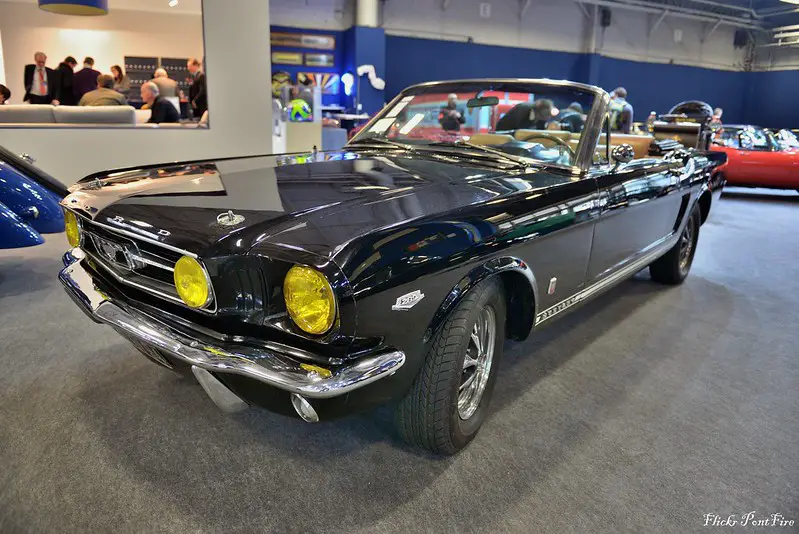
However, when it was time to sign the deal, Ferrari hesitated. The causes for this deal falling through are unclear; however, it could have been that Ferrari was using Ford as a pawn in a bigger game. Also, Il Commendatore was in ongoing negotiations with Fiat, the Italian automotive company, and the Ford spectacle could have been a device for getting better conditions in that deal. At that moment, the Italian press had gotten back to Ferrari’s side, as reporters questioned how that kind of a beloved Italian company could end up with the Americans.
In public, what the record reveals is that the contract with Ford postulated that the Americans would have the final decision on the information of Ferrari’s races, such as the drivers it would be – which is a power Il Commendatore had no aim of surrendering.
Regardless of what the case may be, The Deuce was enraged. He was not anyone’s pawn and he instantly planned about having his payback in a very particular method: by defeating Ferrari in his own backyard, at the most esteemed European race and the one he’d been leading for several years – the 24 Hours of Le Mans.
Chapter 5 – Ford’s first access to the endurance racing was the GT40, and it didn’t go well initially.
The Ford-Ferrari competition can be viewed as something of a David and Goliath case; however, who’s who changes reliant on how you view at it.
Ferrari was a leading force in European racing and US car last won a main European race was in 1921. So, Ford could be viewed as the loser, taking the character of David. However, Ford possessed something that Ferrari didn’t have: an apparently limitless budget to take from.
Ford was really resolute to win that his Le Mans team nearly had carte blanche –anything they required, they would get. And in spite of what you may reason, Ferrari was not a wealthy man. He made some cash from international deals of consumer-ready cars; however, he wasn’t in the business of bulk production and each penny went into funding the following race. During the time this competition finished, Ferrari would really see himself as the David in this case, signifying that it was just a matter of time before Ford’s limitless budget won the day.
The Deuce had gathered a stellar team directed by John Wyer, who’d earned success to the Aston Martin race team in the 1959 Le Mans; however, as the 1964 racing season started, Ford’s forecasts were not looking good.
The initial trial at a Le Mans winner was the GT40. It had an altered 256 cubic-inch V8 Ford Fairlane engine; however, a lot of the other parts were gotten from abroad, like the transmission, which was from Colotti, a producer in Ferrari’s hometown of Modena, Italy.
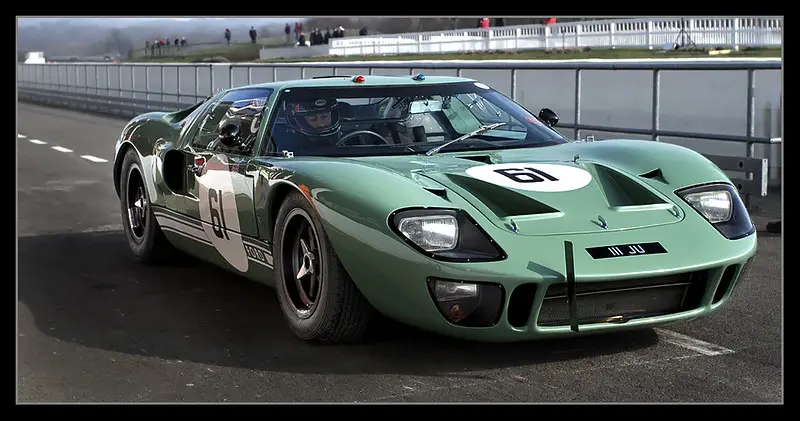
Also, it required state of the art brakes that can go from 200 mph on the track’s immediately, called the Mulsanne Straight, down to 35 mph on the sharp turn called the Mulsanne Hairpin. To endure in the irregular weather and conditions of Le Mans, focus also had to be given to the headlights and windshield wipers. And most significantly, the car had to go on for a nonstop 24 hours, as well as pit stops, for it to make it to the end line.
Unfortunately, the GT40 didn’t meet this last condition. Two cars were immediately gathered for the 1964 Le Mans and after a little five hours, both cars went through severe transmission failure. Eventually, the Ford team was aware that they hadn’t had adequate time to correctly test and get the cars ready and were forced to see it a painful learning experience.
Chapter 6 – Changes were done to reveal the new GT40 in 1965, and things started off to a good beginning.
Ford’s silver lining in the 1964 Le Mans was the one that Carroll Shelby’s Cobras succeeded to cross the finish line in fourth place. Therefore, it was maybe not really shocking when The Deuce offered John Wyer his walking papers and Shelby was brought to the team to put the GT40 in good form for the ‘65 Le Mans.
Ken Miles was one of Shelby’s chief mechanics and test drivers, who assisted put the car through severe testing, some of it at an aerospace facility that belonged to Ford. The car was produced more aerodynamic, poor air ducting was sealed off, and new magnesium wheels with larger front brakes were included. All believed these changed caused the dropping of 30 pounds and an increase of 76 horsepower.
During February of 1965, Ken Miles and Lloyd Ruby his racing partner would utilize the fine-tuned GT40 to win the 24 Hours of Daytona endurance race. That was the team’s first huge win and an indication that things might’ve been changing.
But, Ferrari’s supremacy, displayed no indications of fading. Ferrari kept on setting new lap records during the ‘65 Le Mans test week with the new 330 P2. Meanwhile, the Ford team was preparing the GT40 MK II, which included a new 427 cubic-inch V8 engine. It increased the horsepower to about 500; however, would the speed edge truly fix the durability issue?
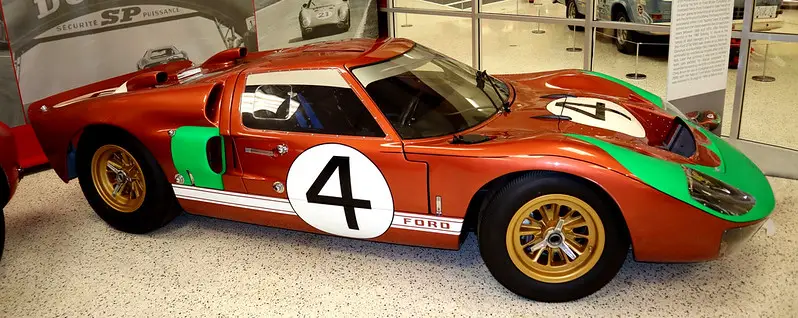
Certainly, the heavier engine directly put at the back of the driver’s seat, enabled it to be less agile around the corners. However, after some changes, Ford was more confident than it had done a year before, in spite of the fact that John Surtees the Ferrari driver, once more posted the fastest time at the Le Mans trials. At only 3:38.8, Surtees was speeding at an average speed of 141.362 mph.
As the ‘65 Le Mans race started, Ford started off to a thriving beginning, quite factually. The MK II’s loud and strong engines got the team off to an early lead. Drivers Chris Amon and Bruce McLaren were fifty-second ahead of Ferrari. At a first pit stop, Amon shouted, “It’s just like a rocket ship!”
However, the eagerness was short-term. In the third hour, smoke began coming out from one of the MK II’s.
Chapter 7 – The 1965 Le Mans finished in adversity for Ford and a new series of improvements and repairs.
The smoke coming out from one of the Ford GT40 MK II’s was the effect of defective head gaskets that made the engine overheat from temperatures of about 266 degrees Fahrenheit. The bad news was, it was just a situation of time before the remaining of the Fords underwent the exact fate.
As darkness fell on Le Mans, and drivers switched their headlights on, the last man on the race track was driver Phil Hill who was resolute to make a declaration before it was completely finished for Team Ford. During one of his last laps before malfunctioning, he displayed an average lap speed of 138.44 mph, creating a new track record.
However, this was a bit comfort, as was the fact that an American team eventually won that year, because that team, directed by Mario Chinetti, was driving old Ferraris. As a matter of fact, The Deuce had been channeling countless millions into this project and there was no single one from his cars that got to the finish line.
While a lot believed that heads would roll over the newest Le Mans debacle, Carroll Shelby was offered one more opportunity– one more Le Mans, where he just had to win, or else.
Enzo Ferrari wasn’t really happy on the side about losing the ‘65 Le Mans, either. His comeback was the 330 P3, which was 40 kilograms lesser, and with 110 extra horsepower than the P1 from two years earlier. Also, that would be Ferrari’s first car with fuel injection, and although it would sport a V12 engine, it was still lesser and lighter than the 486 cubic-inch beasts of an engine that Ford was preparing for the following year’s race.
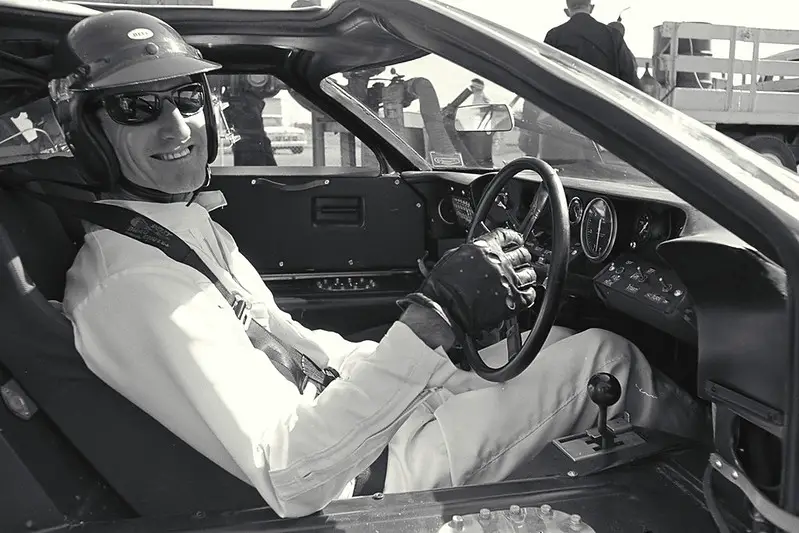
This time around, Ford took the testing stage to extraordinary levels. They made a state-of-the-art computer-assisted testing bed for their new engine, which would test the engine through a replicated Le Mans competition. For upwards of 42 hours at a time, the engine and transmission were tested in the exact manner they would under real situations.
Shelby, as well as his team, provided every information of the MK II microscopic attention, and as the 1966 season started at the 24 Hours of Daytona race, it seemed to be working. Ford didn’t just win the race in an MK II driven by Ken Miles; however, it also came in second too. Also, Miles won the 12 Hours of Sebring race, putting him in the exceptional spot of being in the running for an endurance racing triple crown. The only thing he required to do was win Le Mans.
Chapter 8 – In 1966, Le Mans finished in controversy, and then disaster happened.
Since the time of the Ford versus Ferrari competition first accelerated its engines in 1964, the public’s racing craziness had just increased. Crowds were becoming larger, movies were being produced, and hundreds of pop songs were made about fast cars. Everything ended in France, in 1966, with the 24 Hours of Le Mans.
In that year, Henry Ford II was the formal Grand Marshall of the race, with the privilege of waving the flag that began the competition. However, before he did that, he gave a card to all his team leaders that say, “You had better win, HF II.”
When a motor race starts, the routines ask for the drivers to run across the road, jump into their cars and start. For Ken Miles, things started off as a disturbing start as he hit his helmeted head while getting in the car, making the car’s door having jamb a little dent.
It entailed that Miles had to make a quit pit stop break in order for the dent to be hammered out and the door could be closed well. Also, while his near-perfect driving more than compensated for the lost instants – he created a new lap record at an average of 142.01 mph – the race may have been finished differently had he gotten into the car well.
As things proceeded, it was obvious that Ford was winning. Especially, the teams of Ken Miles and Dennis Hulme, and Bruce McLaren and Chris Amon, blew away the race during the rainy overnight aspect of the race. The Ford driving team of Dan Gurney and Jerry Grant were in a far third place was. However, by daybreak, the end was all but decided.
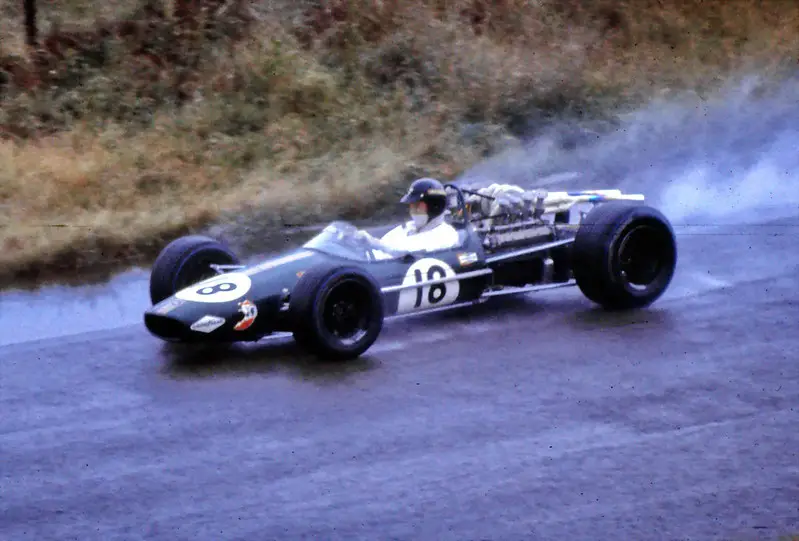
But, during the time the checkered flag was waved, controversy happened. In the morning, Ford executives devised the notion of making the three cars roll over the finish line at once. In theory, that would provide a draw to the Miles/Hulme and McLaren/Amon cars and also a beautiful photo-finish chance that Ford could change into PR gold.
Shelby approved, and although Ken Miles protested the choice, he as well eventually agreed to slow down on his last laps and allow McLaren met up. However, after the three cars crossed the line at once, Miles was shocked to find out that Le Mans officials didn’t permit for draws.
Because the McLaren/Amon car’s starting spot was a few yards behind Miles, they were given first place since they basically finished more distance in the same time.
Chapter 9 – After a disastrous end to one of Ford’s best drivers, Ferrari bounced back at Daytona; however, they never won another Le Mans.
While a lot, as well as Carroll Shelby, thought that Ken Miles should’ve been given the winner and permitted to go down in history as the man who won Daytona, Sebring and Le Mans in one year, things didn’t end like that.
In 2007, Shelby said to the author how he had continued to be haunted by agreeing with the photo finish notion. Also, this was just complicated by the disaster that followed Le Mans.
Only months after, Ken Miles was in the desert close to Riverside, California, trying out the next Ford’s planned Le Mans racer, named the J Car. While he was slowing down from about 180 to 100 mph, there was a frightening shrieking sound as the car rolled off the road and exploded into flames.
His teammates –together with his son –rushed to the place where the crash happened. They discovered Miles flung far from the crash and realized that he would have died straight away. What had failed in the car was unknown, because all that was left was a pile of burning rubble. Shortly, all the people knew Miles were crying– they’d lost a great teammate, a magical mechanic, and possibly the best driver that worked with Ford
Extraordinarily, Miles had worked very hard in relative anonymity before becoming part of Shelby’s team in 1963. It was just then, in his mid-40s, that the British-born car-lover saw himself part of his first huge contract work and winning big racing occasions. In order to make sure that the one-of-a-kind Ken Miles would not be forgotten, Shelby mentioned his plan to the author which is to begin a scholarship under his name for deprived students learning to be mechanics.
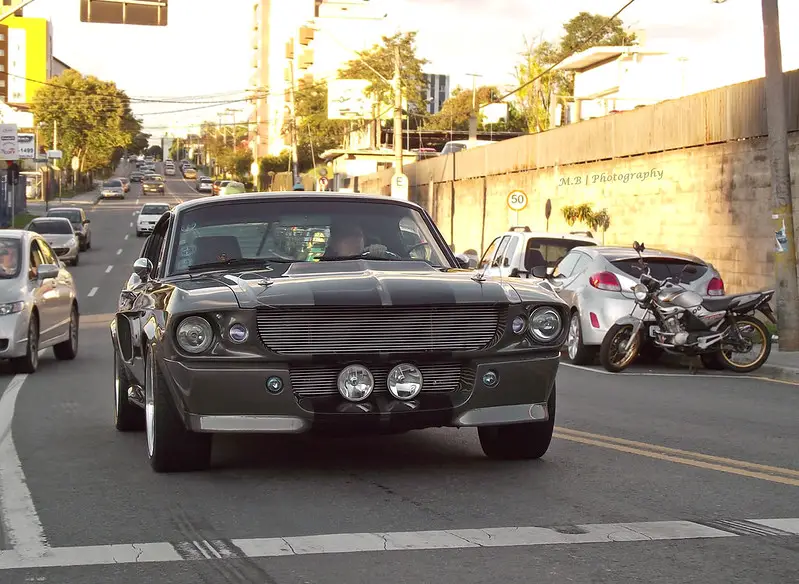
In the long run, Miles had a big role to play in defeating Ferrari at Le Mans; however, even Henry Ford II was aware that he wouldn’t be able to depend on those achievements for really long. At the end of the sixties, it was obvious that Ford’s new competitors originated from the developing Japanese auto industry.
However, first, Ferrari would have the small fulfillment of being the winner of the 1967 24 Hours of Daytona in the exact manner as Ford had won Le Mans: coming in first, second, and third. However, Ferrari would never win the Le Mans again. Also, in 1969, Enzo eventually sold 50% of his company to Fiat.
For Ford, they would have the fulfillment of a repeat victory at Le Mans in 1967. This win was maybe even pleasing than the first because it was won by two American-born drivers. Two days after, Ford opened a new company called Ford of Europe, Inc. The purpose, one might think, was complete.
Go Like Hell: Ford, Ferrari, and Their Battle for Speed and Glory at Le Mans by A.J. Baime Book Review
During the 1960s, Ferrari and Ford car companies were managed by two over-the-top characters: Henry Ford II, the grandson of the company’s creator, and Enzo Ferrari, a man obsessed with racing, who put all the cents he made into his one-of-a-kind race cars. After a business deal that went bad, Ford was resolute to conquer beat Ferrari at the esteemed European endurance race, 24 Hours of Le Mans, which Ferrari had won for several years. It took Ford three trials and countless millions; however, Ford actually attained this extraordinary achievement amid controversy and bold invention.
Download Pdf
https://goodbooksummary.s3.us-east-2.amazonaws.com/Go+Like+Hell+by+A.J.+Baime+Book+Summary.pdf
Download Epub
https://goodbooksummary.s3.us-east-2.amazonaws.com/Go+Like+Hell+by+A.J.+Baime+Book+Summary.epub
